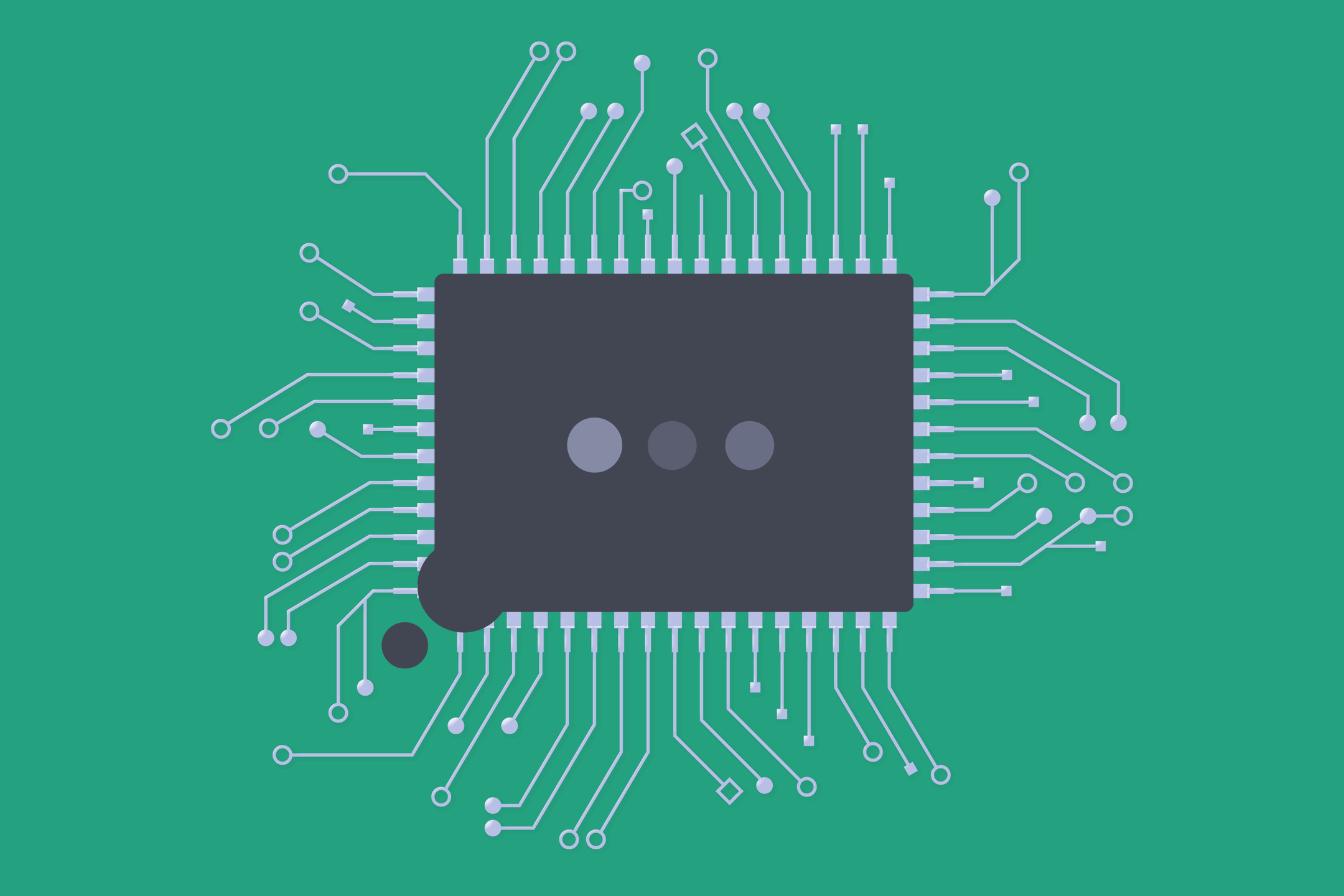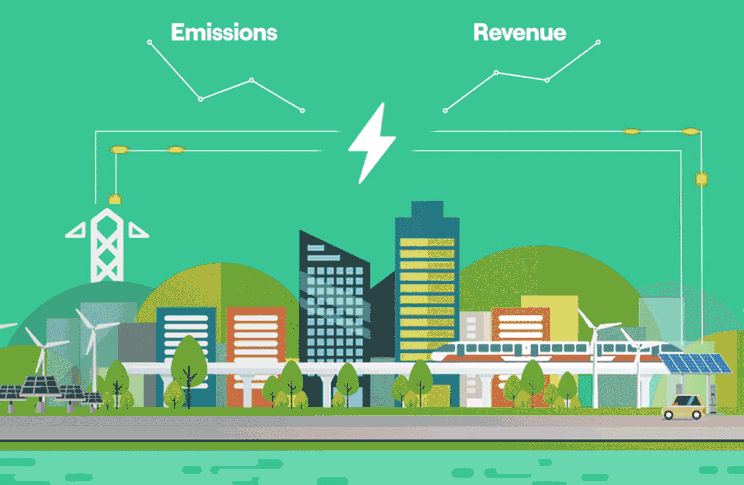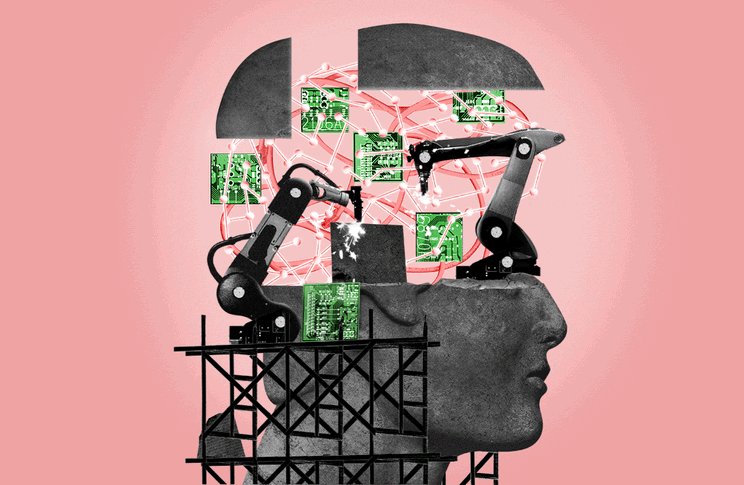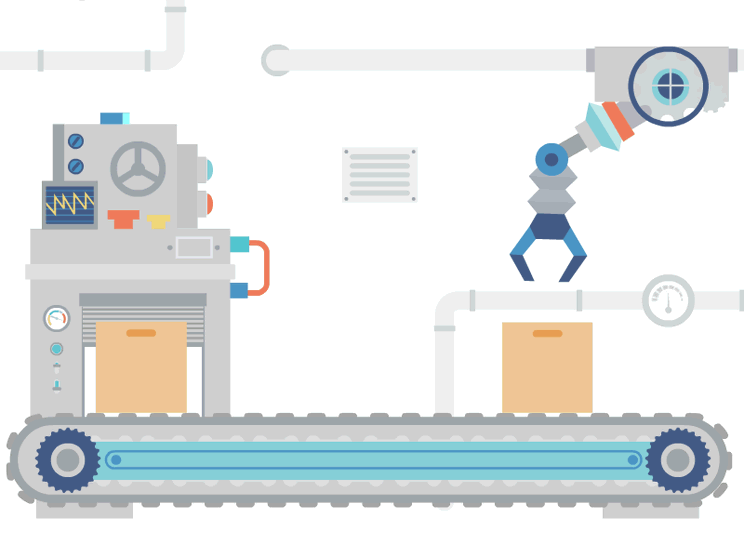- The emergence of large-scale models marks the possibility of general artificial intelligence
- While the Internet revolves around connectivity, generative AI, like ChatGPT, focuses on embedding
- In contrast to the Internet era, ChatGPT’s strength lies not in disseminating information to everyone but in its predictive abilities and information retrieval
As the fastest-growing consumer-level natural language processing (NLP) application to reach 100 million users in human history, ChatGPT has rapidly changed the way we live and work, from open-source plugins to the recently released GPT-4.
Just as machines replaced traditional manual labour, the electrical age defeated traditional steam engines and the information revolution turned the world into a global village, artificial intelligence (AI) is helping humans become true “creators.” The disruptive power of technological diffusion will be comparable to that of the industrial revolution.
To understand this impact, we first need to understand what intelligence truly means.
The cognitive leap brought about by large-scale language models
Since AI technology was officially proposed at the 1956 Dartmouth Conference, it has been expected to improve productivity and promote the fourth industrial revolution. ChatGPT is built on large-scale language models, marking the breakthrough of owning higher generality. Technically, the most significant difference between ChatGPT and past AI products is the shift from labour-intensive (human-annotated datasets) to high computing power requirements. In theory, a large-scale model with unbounded parameters can be trained as long as there is enough computing power.
In general, AI can be divided into three developmental stages: computational intelligence, perceptual intelligence and cognitive intelligence. Cognitive intelligence is the most challenging stage, requiring machines to have the ability to understand and think after amassing a large amount of knowledge while making corresponding inferences and decisions. From this perspective, ChatGPT represents a major step forward in cognitive intelligence. Furthermore, the emergence of large-scale models makes it possible to scale AI applications in different fields, making AI a significant driving force for improving productivity and promoting technological innovation.
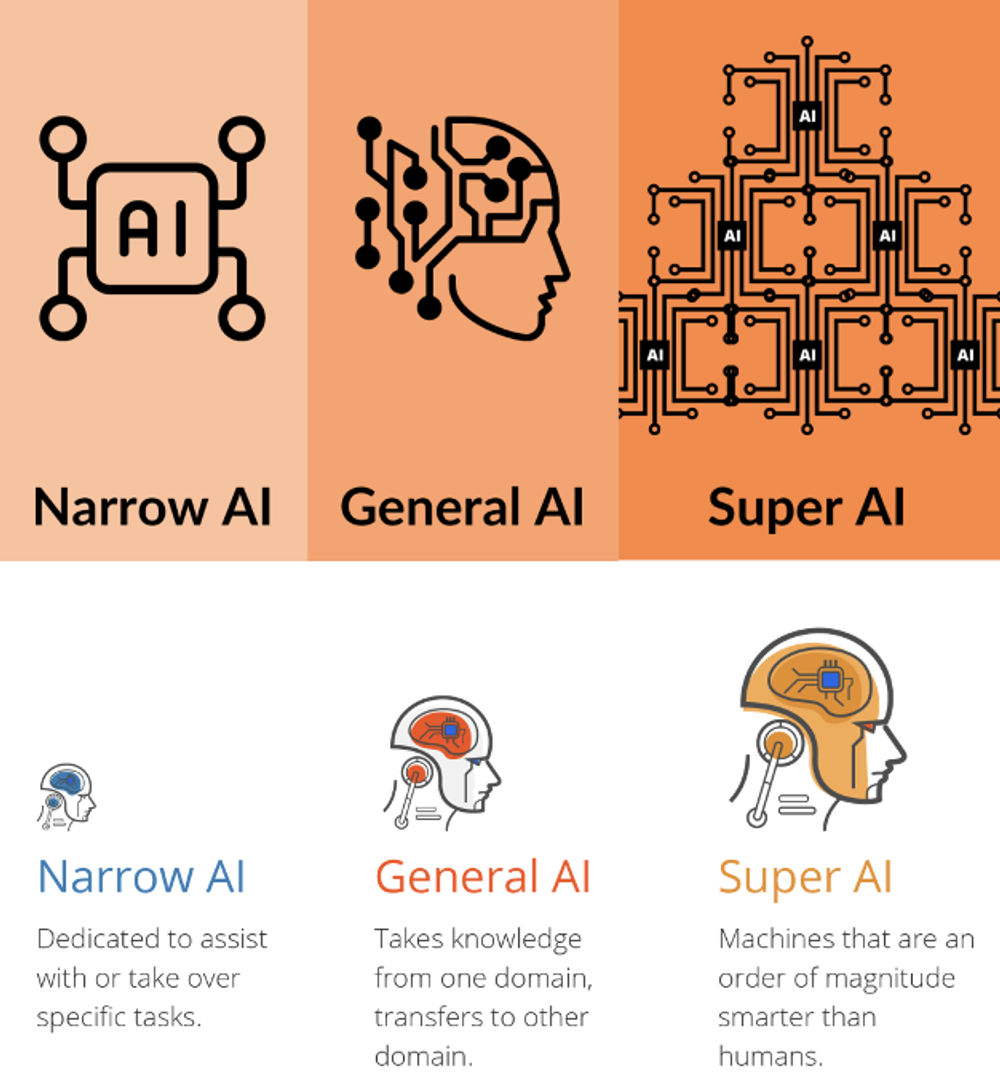
The humanoid assistant feature of ChatGPT has changed the paradigm of online information search for users and has impacted search engines first and foremost. In addition, a variety of services such as code development, image generation, content creation, intelligent customer service and other fields have replaced human labour. More importantly, as machines begin to engage in knowledge and creative work on a large scale, human literature, art, philosophy and even creativity can be elevated to another level by AI. Compared to the Internet age, the advantage of ChatGPT is not distributing information to everyone who needs it, but rather its predictive capabilities and information retrieval. But is this enough to drive a new industrial revolution?
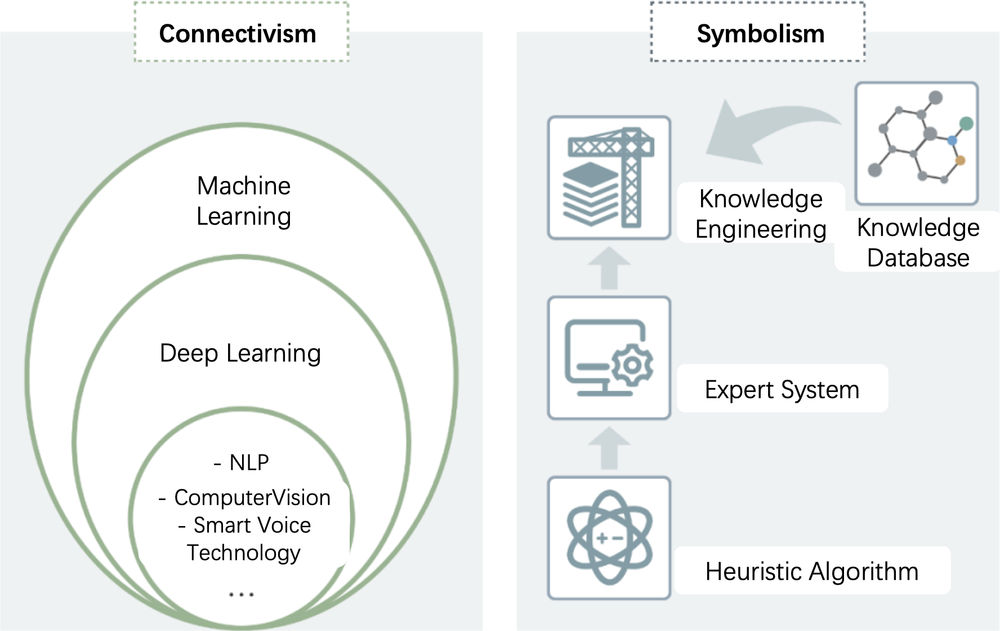
According to a recent research report by CITIC Securities [1], it is unlikely for ChatGPT to replace traditional search engines in the short to medium term completely, nor is it likely to change the current global search engine market competition pattern. If the technology can only partially replace a search engine, it is unlikely to be considered a disruptive innovation or a revolutionary breakthrough in the field of AI. There is still a long way to go before the next comprehensive industrial revolution takes place.
ChatGPT embeddings will accelerate its spread while generating social and economic impact
The embedded plugins allow ChatGPT to participate in API interactions defined by developers, enabling it to perform a wide range of tasks in various scenarios. By embedding itself in various applications and services, ChatGPT is able to provide users with highly personalised and context-aware information. This has the potential to revolutionise how we interact with technology and could pave the way for a new era of productivity and innovation. It also has the potential to generate widespread social impact, mainly by replacing old jobs, changing job nature and creating new professions. In a recent paper published by Open AI Research [2], researchers estimated that at least 80% of people would have at least one job task affected by ChatGPT, while 19% will have more than half of their job tasks marked as affected by ChatGPT.

While the social impact caused by ChatGPT is far-reaching, from the perspective of technological revolution, it is usually the commercial enterprises that will play a major role, in the long run, to drive technological adoption into productivity gains and reconstructing the structure of industries, thus truly promoting the industrial revolution.
Suppose ChatGPT wants to have a wider adoption among various industries. In that case, it is necessary to develop industry-specific models through real-world data training and optimisation to enhance their accuracy and validity. In addition, ChatGPT’s profit model is still in the exploration stage, and its future prospects for commercialisation still need to be tested by the market.
Data, algorithm and computing power might be constraining factors
ChatGPT’s knowledge is learned from large-scale corpora, not a system that truly understands the world and human knowledge. The bias of training datasets also inevitably leads to some problems and challenges in technology ethics.
If ChatGPT can grade the credibility of information sources in generated answers, the credibility problem of answers should be mitigated. In addition, docking GPT with industry-specific databases to build domain knowledge can transform the general model through vertical training and fine-tuning.
It is noteworthy that large-scale models such as ChatGPT have shown extremely high requirements for computing power. It is estimated that the cost of training ChatGPT is approximately USD 20 million per month [3]. With the exponential growth of data volume, the requirement for real-time data is increasing. Thus data-centric computing, as well as network acceleration of DPU/IPU, has become an important trend in dealing with the challenge.
These challenges faced by ChatGPT also provide opportunities for other AI companies. Take iFLYTEK’s Spark model as an example. As a leading Chinese voice AI company, iFLYTEK has the absolute advantage of developing large-scale NLP models in Chinese. Moreover, in terms of data quality, it has proprietary cognitive models in various fields such as education, medical service, office setting, in-vehicle, etc. Taking the medical field as an example, iFLYTEK has accumulated more than 580 million AI diagnosis and treatment consultations with more than 700,000 people daily, which generates a large amount of industry-specific data for training and proprietary algorithm models in this field [4]]. Most importantly, iFLYTEK has sufficient engineering technology and computing power to support its operation and development in different industries.
Building an open innovation ecosystem to accelerate adoption and landing in China
AI has been formulated into China’s national strategy since March 2016, when AI was written into the “Thirteenth Five-Year Plan”. Data from the China Academy of Information and Communications Technology shows that the scale of China’s core AI industry will reach USD 72 billion in 2022, an increase of 18% year-on-year [5]. At present, national policies are vigorously supporting the construction of new infrastructure such as computing power, algorithms and data required for replacement products of ChatGPT in order to facilitate industrial innovation and upgrade.
References
- [1] CITIC Report: ChatGPT Leads the New Revolution in Generative AI
- [2] GPTs are GPTs: An Early Look at the Labor Market Impact Potential of Large Language Models
- [3] Guosheng Securities Report: How Much Computing Power Does ChatGPT Cost?
- [4] iFLYTEK SPARK
- [5] China Academy of Information and Communications Technology
